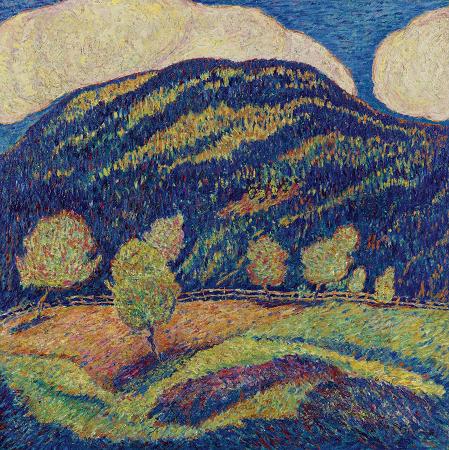
Noon. Noon is 12 o'clock in the daytime, as opposed to midnight.
It is written as 12 p.m. or 12 pm. It is synonymous of midday, which is of different concept and points to the middle of the day-light period.
Noon and midday may not be on the same time. Solar noon is the time when the Sun appears to contact the local celestial meridian.
This is when the Sun apparently reaches its highest point in the sky, at 12 noon apparent solar time and can be observed using a sundial. The local or clock time of solar noon depends on the longitude and date.
The word noon is derived from Latin nona hora, the ninth hour of the day, and is related to the liturgical term none. The Roman and Western European medieval monastic day began at 6:00 a.m. at the equinox by modern timekeeping, so the ninth hour started at what is now 3:00 p.m. at the equinox. In English, the meaning of the word shifted to midday and the time gradually moved back to 12:00 local time. The change began in the 12th century and was fixed by the 14th century. Solar noon is the moment when the Sun contacts the observer's meridian, reaching its highest position above the horizon on that day and leaving the shortest shadow. This is also the origin of the terms ante meridiem and post meridiem, as noted below. The Sun is directly overhead at solar noon at the Equator on the equinoxes, at the Tropic of Cancer on the June solstice and at th
It is written as 12 p.m. or 12 pm. It is synonymous of midday, which is of different concept and points to the middle of the day-light period.
Noon and midday may not be on the same time. Solar noon is the time when the Sun appears to contact the local celestial meridian.
This is when the Sun apparently reaches its highest point in the sky, at 12 noon apparent solar time and can be observed using a sundial. The local or clock time of solar noon depends on the longitude and date.
The word noon is derived from Latin nona hora, the ninth hour of the day, and is related to the liturgical term none. The Roman and Western European medieval monastic day began at 6:00 a.m. at the equinox by modern timekeeping, so the ninth hour started at what is now 3:00 p.m. at the equinox. In English, the meaning of the word shifted to midday and the time gradually moved back to 12:00 local time. The change began in the 12th century and was fixed by the 14th century. Solar noon is the moment when the Sun contacts the observer's meridian, reaching its highest position above the horizon on that day and leaving the shortest shadow. This is also the origin of the terms ante meridiem and post meridiem, as noted below. The Sun is directly overhead at solar noon at the Equator on the equinoxes, at the Tropic of Cancer on the June solstice and at th
Wikipedia ...